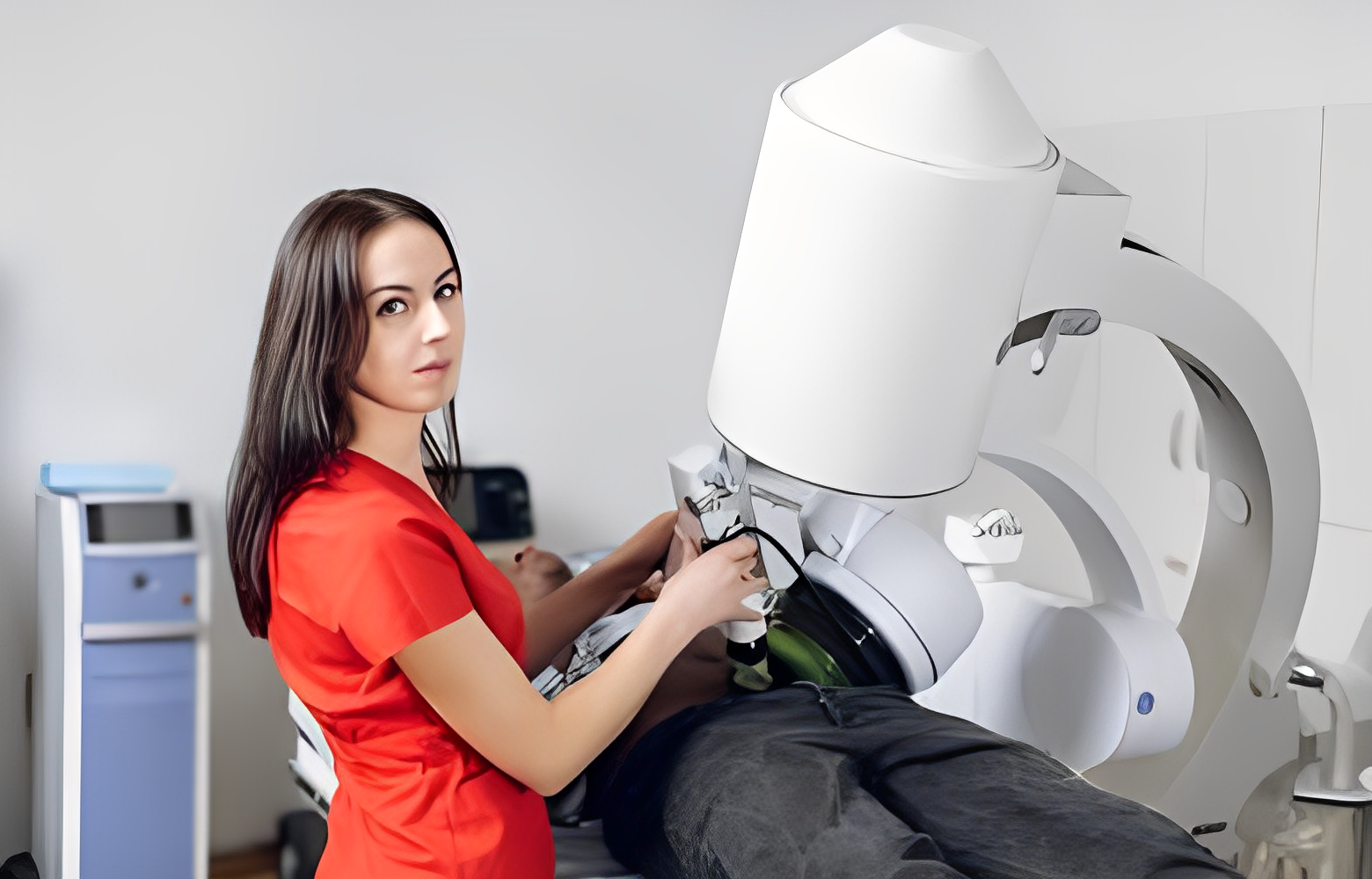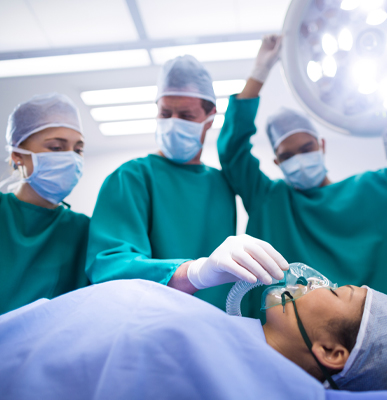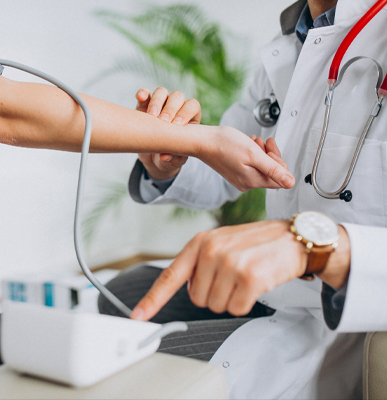- 5-6, Jayshakti Society, Ghatlodia, Ahmedabad – 380061
- Mon - Fri: 8:00 am - 7:00 pm

“Quality healthcare by compassionate medical professionals, accessible and affordable to all”
Visiting Hours
| Mon - Fri: | 8:00 am - 8:00 pm |
| Saturday: | 9:00 am - 6:00 pm |
| Sunday: | 9:00 am - 6:00 pm |
Gallery Posts























